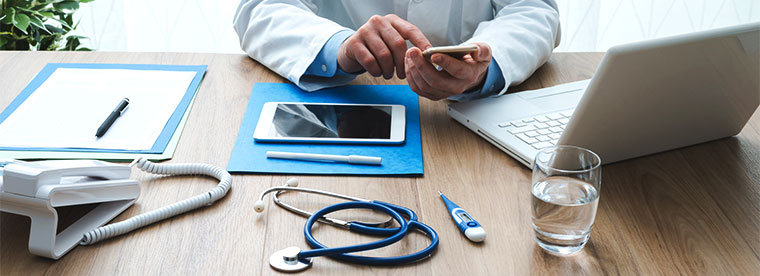I don’t like cluttering my phone with screen after screen of medical apps. I tend to find one or two apps that do the jobs I need and stick with them. Two I use frequently are MDCalc and Epocrates.
MDCalc
MDCalc provides a range of clinical decision-making tools that include calculators for determining patients’ risks for various conditions and rules for when to order diagnostic tests or provide treatments.
A good example of how I use MDCalc is when a patient comes in after a car accident. Cars are so well-built these days that they usually absorb all the forces from a typical fender-bender. Most people walk away with no significant injuries, but they may want to get X-rays to make sure nothing’s broken.
MDCalc has collected clinical decision rules from published research doctors for determining when someone who’s been in a car accident actually needs to have X-rays taken and when we shouldn’t to minimize the person’s radiation exposure. If I need to double-check these rules, it’s really easy. I just open the app, type in the rule I’m looking for and refer to it during the patient’s exam.
Some other features of MDCalc that I use include:
- A list of questions to determine if a person has a problem with drinking alcohol
- Scoring systems for a person’s risk for stroke
- Key identifiers that a patient may have appendicitis
Epocrates
Epocrates is a database of medications and their safety information, including dosing, side effects and potential interactions with other medications. I can pull up a specific medication’s listing and walk the patient through its possible side effects.
Epocrates also is useful for comparing a patient’s symptoms to their listed medications. I often have patients come in and tell me they feel dizzy or have an itchy rash, and sometimes those are side effects of a new medication or a possible interaction between two medications.
We no longer have to refer just to textbooks from 10 or 15 years ago for clinical data. With smartphone apps built specifically for doctors, we can access the most accurate, up-to-date information to help us make accurate recommendations for our patients. These and other innovations will continue to improve the way emergency department doctors like me practice medicine and care for our patients.

